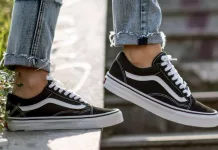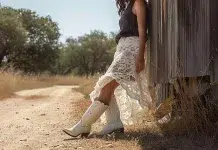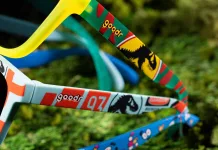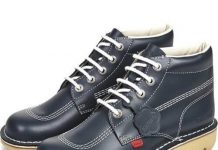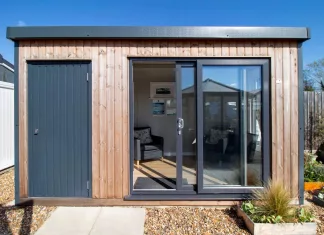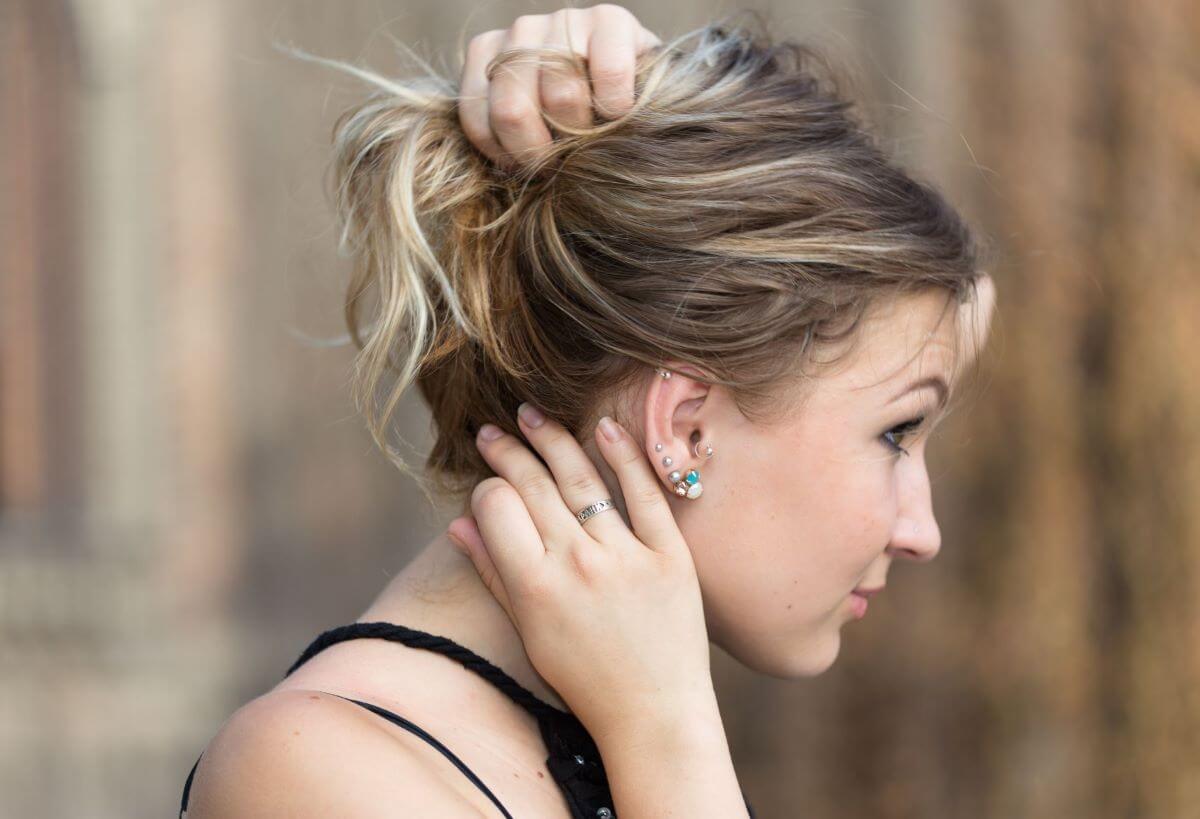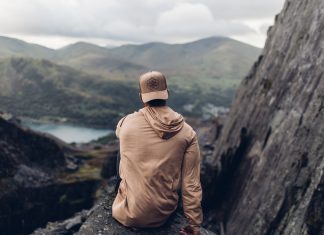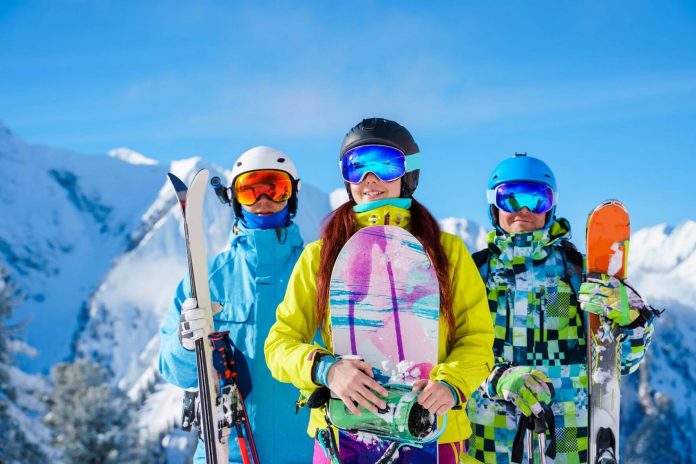
First Published: 15th November 2022, written by Olivia Doonan | Last Updated on 6th April 2024 | Reviewed and Edited by Chloe Safilo
The more accomplished you become at skiing, the better you will handle the elements and challenges. Ski coaches state that they are still coaching people who have been at it for eight years or more. First, you have to learn how to stay safe. Once you feel safe, you can begin to enjoy the experience. Much later, you will master high speeds and steep slopes. Don’t overstep the mark; wait until you have the skills to match the ride.
Have realistic expectations. You will fall a lot and have bruised muscles from the unaccustomed exercise. Even if you are a regular at the gym, skiing will bring other muscles and balancing techniques into play. The weather may be a lot colder than anticipated yet the sun will be brutal as it bounces off the snow.
We have written this article for those who are going on their first skiing holiday. It gives you an idea of what to expect, tells you how to dress for the slopes and why, what necessities to pack, and helps you look stylish despite the bruises and weariness.
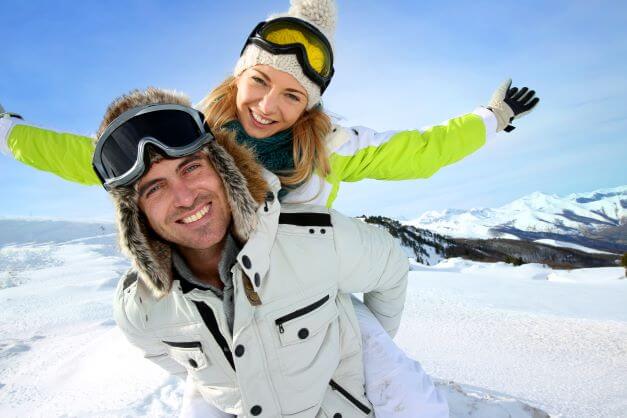
How to Dress for the Slopes and Why
You want to be warm, dry, and comfortable. Dress right to ensure that learning is fun and that you are eager for more after the first lesson and your attempts to ski. Forget pictures of models kitted out for the slopes and select the items that are tried and tested for practicality.
Starting from the inside out, the close-fitted base layers consist of a separate top and bottom that will preserve body heat. Ideally, these should be made from wicking material that pulls moisture away from the body to the outside. Tuck the top into the bottom so that it stays in place.
The middle is where you place the fleece layer you bought from a specialty ski shop. It adds warmth and looks good when you take off the outer layer, which consists of a waterproof top and bottom. The outer layer must be thick because this is what stands between you and the ground when you fall, or experience friction burns from descending unwillingly down the slope.
The bottoms go by various names: ski pants, snow pants, ski trousers, or salopettes (with a bib and braces). Most bottoms, however, are designed to fit the waist and should be one size up from your normal size to provide ease of movement. When trying them on for fit, put on the base layer pants first because this is how you will be wearing them. Your ski trousers will also be longer than you are used to and should almost cover your snow boots.
To complete your outfit for the slopes, you will need a woollen hat to keep your head warm and a helmet to keep it safe. Get several pairs of socks so that you always have a dry pair, and waterproof gloves, not mittens, for more flexibility. The socks you wear for skiing should come to just below your knees. Don’t be tempted by cool sports sunglasses. You need goggles with UV protection for maximum fortification from wind, sleet, snow, and sun.
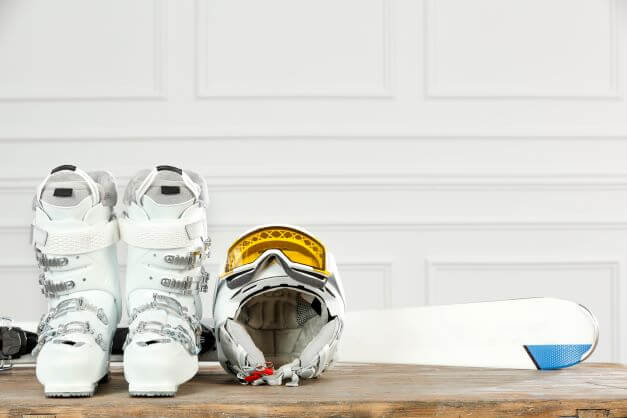
What Else to Take with You to the Slopes
A small backpack will contain packed essentials such as your own water which is hard to find and expensive when you do. This will prevent dehydration. You don’t want your blood sugar dropping on the slopes so include several healthy snack bars or items from this list that quickly restore healthy levels. Be sure to eat breakfast before heading for the slopes as blood glucose is at its lowest after the night fast. The list also details the symptoms to watch out for.
Other things you may want to pack are piste maps, sunglasses for when you stop for selfies, an extra layer of warm clothing (top and bottom), and dry socks. Keep tissues handy for when the cold makes your nose run. You will be grateful to have a woollen ski mask on hand if the weather suddenly turns extra chilly.
The number one items to pack in your pocket if you don’t take a backpack are sunscreen and lip balm. The sun will hit you from all angles as it glances off the snow, and not only from above, so choose the best protection you can. Bring these from home as the price at resorts is madness.
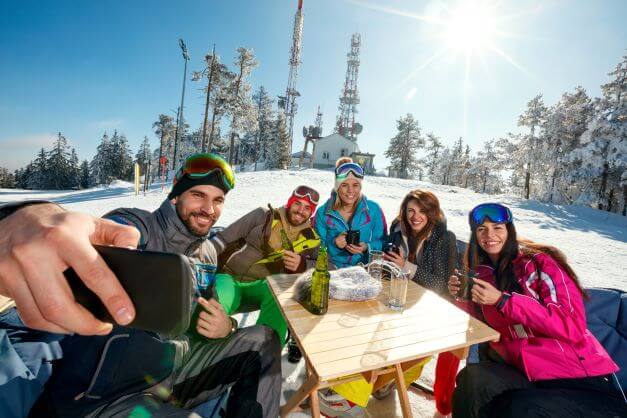
Dressing for Recreation
Ski resorts are not only for skiing. After time on the slopes, the experts head on over to the bar lounge or outdoor area for a warming brew. Choose from these eight traditional apres-ski drinks and you will fit right in. For that first drink, simply remove headgear, goggles, and jacket.
To enjoy socialising without getting cold, don a fleece jacket while leaving your heavier skiing one hung up to dry. Or, if you don’t want to wear a jacket, put on a thick jersey or long-sleeved warm top and throw a gilet vest over. These are popular in black but do come in other colours as well. Gilets should be tight-fitting as their main aim is to provide extra upper body heat.
You should pack in six different jerseys for your trip. Woollen hats are a match and not just for skiing but can also be worn with a jersey while shopping, sitting around chatting to new friends, to supper, and basically anywhere. It will be cold so pack colours to match other clothing and keep your ears warm. Warm trousers should be insulated, while jeans are fine when the weather is moderate, else the cold air can penetrate.
Everyone wears snow boots, whether skiing or socialising. They are a must-have. Wear them in before your trip to avoid blisters. Pack two pairs of socks for each day of your holiday. You will want some gloves and a scarf or two for going out.
If the resort has a swimming pool, sauna, or hot tub, you will require swimwear. Don’t forget sleepwear and slippers for bedtime.
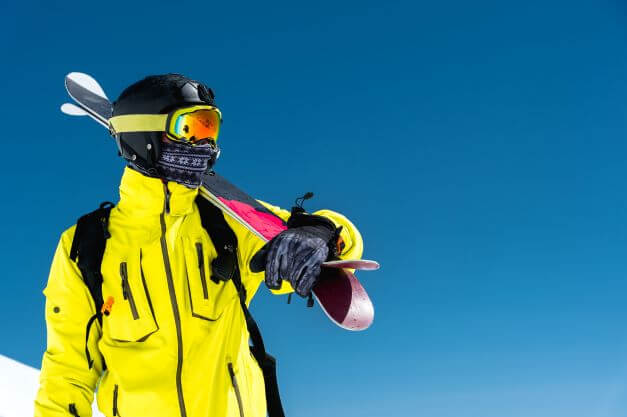
Things to Attend to Upfront
The greatest thing about skiing is that there are so many destinations around the world that offer ski holidays. Travel agencies that manage multiple ski resorts globally, such as Skiline, will ensure that you find the skiing experience you are looking for. Click here to learn more about Skiline and places to visit. You will be able to rent skiing equipment at the various resorts, so don’t splurge on that until you are a seasoned skier.
Once you have chosen your destination and confirmed the available dates, make sure your passport is up to date, your bank is informed that you will be abroad, and that proper care has been arranged for your pets. Most animals feel more secure if they remain in their home environment and if a person they know already stays with them.
Check up on flight and train or other travel plans and keep all your important papers together. Find out about the currency of your host country. Pack a first aid kit and your prescription medications. Get battery backups for phone and travel adaptors. All that’s left to pack is your toiletries.
Ready, set, go!







